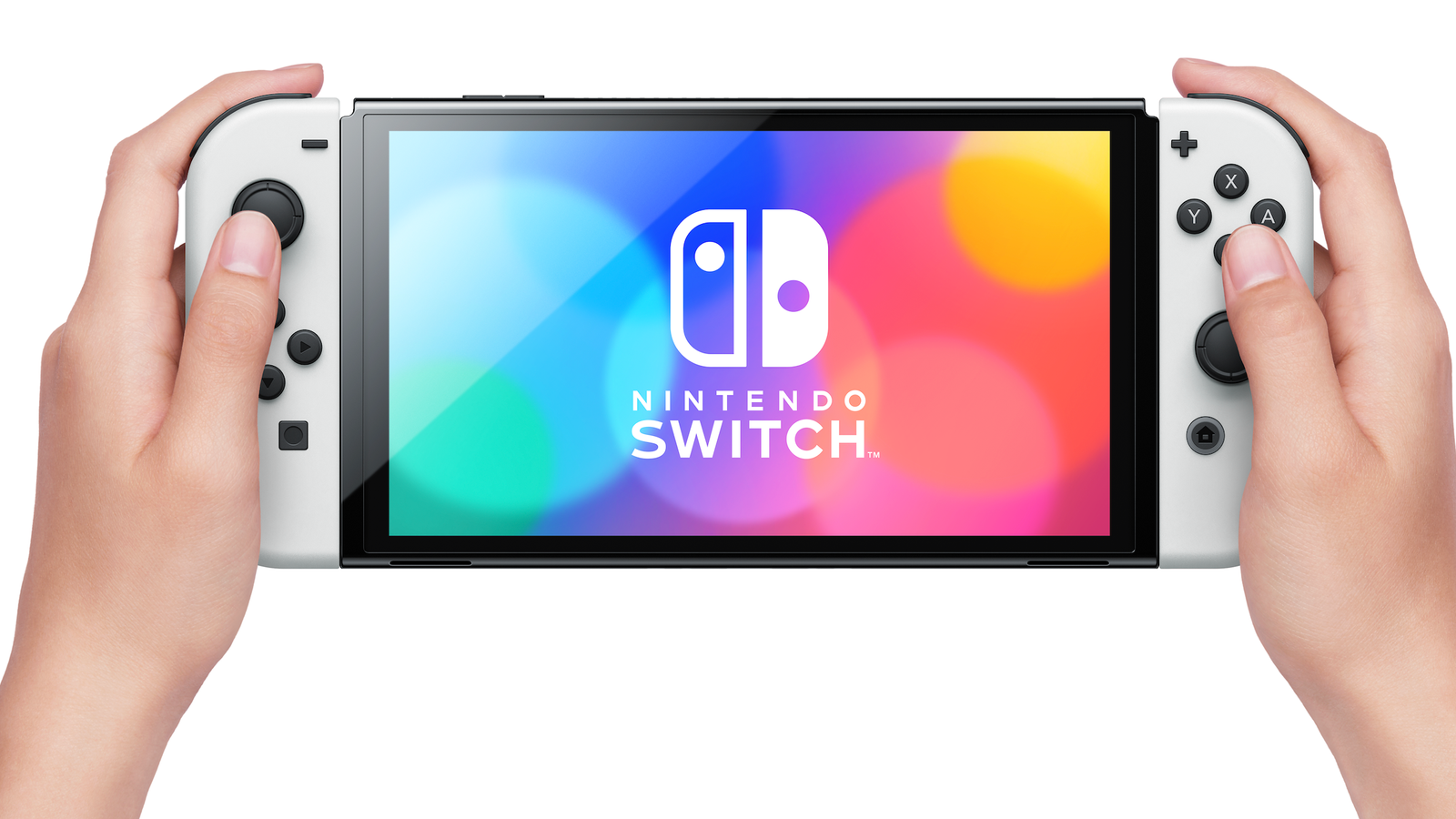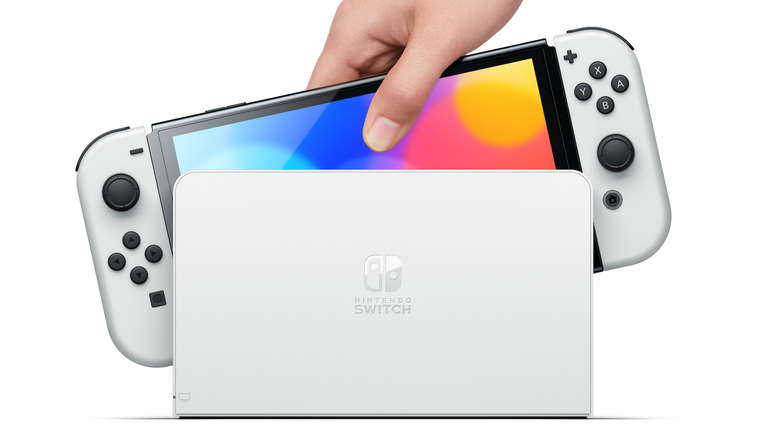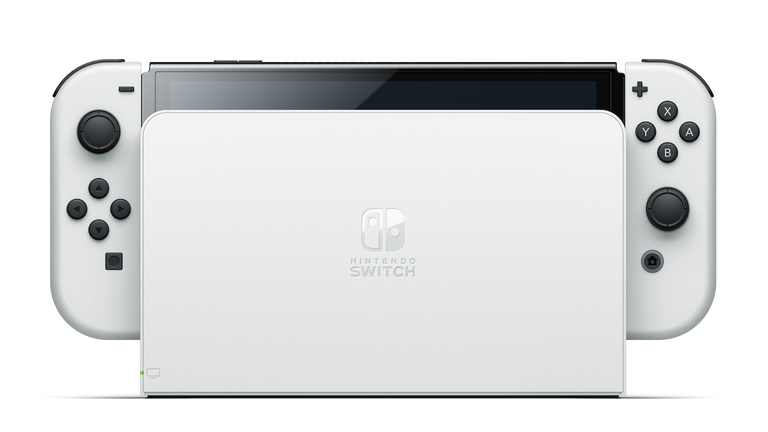Nintendo has officially rolled out its new model of Nintendo Switch, the handheld games console that doubles up as a traditional TV plug in.
The Switch OLED, as the name suggests, features a whole new OLED screen, brighter, bigger, and clearer than the original model that launched in 2017.
Since 2017, sales of the Switch have outstripped the GameCube, Wii U and Nintendo 64, totalling nearly 90 million units shipped.
The OLED Switch is more than just a new screen: the kickstand which was met with much criticism for being too flimsy has been revamped to be stronger and sturdier, the internal storage has been increased, and the TV dock has had an ethernet port added.
Nintendo has also added an extremely welcome Bluetooth audio function, finally allowing gamers on the move to connect their wireless headphones.
For many, this will not be the Switch Pro model which was heavily anticipated following Xbox and PlayStation’s launches of their next-gen consoles.
The Switch OLED is still not capable of 4K graphics and does not rival the computing power of its rivals.
Gamers will not be playing it to enjoy the latest high-intensity graphics games such as Far Cry 6 or Call of Duty Vanguard.
They will instead be playing fan-favourite titles such as the brand-new Metroid Dread, a game franchise originally conceived for the Nintendo DS.
It is a side-scrolling, action-adventure game whose 2D graphics are better suited to the compact technology of the Switch.
It is a console that many who already own an original Nintendo Switch might refrain from immediately buying.
The graphics and interior are mostly the same, and the JoyCon controllers have, according to industry sources, not been upgraded to alleviate the infamous “drifting” issue.
However, for those who do not already own an original Switch, and for those gamers that want a premium upgrade, the OLED model could turn out to be the obvious favourite.
Nintendo recently dropped the price of the base model down to £260 and will be marketing the OLED version at around £310.
The improved kickstand, more generous memory, and stunning screen could clinch it for many consumers, especially in the run up to Christmas.
Critically, the PS5 and Xbox, are different beasts to the OLED Switch altogether.
Nintendo’s portability offers a powerful unique selling point unavailable from Sony or Microsoft, making it ideal for people who travel or still commute often, while the PS5 and Xbox boast substantial processing and graphics power.
Last Christmas saw a critical shortage of Switches available from most retailers, due to the pandemic and various supply chain issues, which have been exacerbated during the year.
The OLED Switch is a noticeable, premium improvement upon the original model and will certainly be a contender for many stockings this Christmas, if stock levels are maintained.


